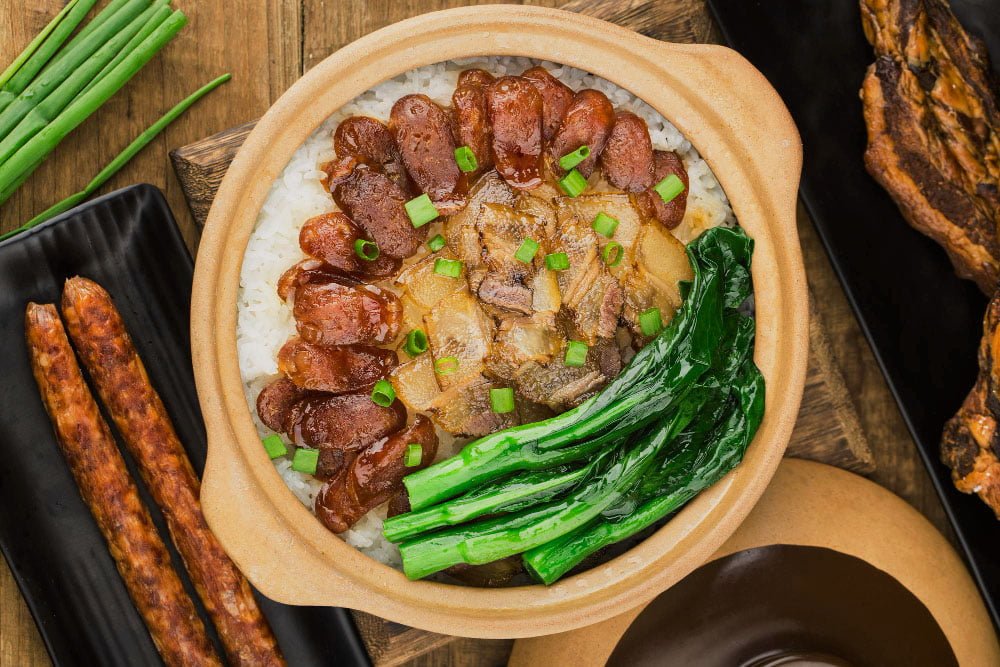Imagine taking a bite of food and feeling pure happiness spread through you. It’s that moment when everything aligns—the flavors, textures, aromas—creating something truly memorable. The first time I had that kind of bite, I remember it clearly. The restaurant was cozy, the lighting warm, and the dish looked like a piece of art. As I took my first mouthful, a burst of flavor exploded on my tongue, leaving me overwhelmed with joy and gratitude. That’s the power of a perfect bite. It’s not just about satisfying hunger; it’s about creating a deep emotional connection with food.
Memorable bites can turn an ordinary meal into an unforgettable experience. Every chef hopes to create that one perfect moment—when a single bite leaves a lasting impression long after the meal ends. So, what makes a bite truly unforgettable? Let’s explore the elements that turn simple food into a genuinely remarkable culinary experience.
What Defines the “Perfect Bite”?
The Components of a Memorable Meal
A perfect bite combines several key elements. First, it’s about balance—getting the right amount of spice, sweetness, acidity, and saltiness. It also involves contrasting textures—crisp, creamy, tender—that keep your palate engaged. Aromas play a role too; a delightful scent can heighten anticipation. Presentation isn’t just about looks but also about setting the mood and making you eager to taste. Finally, the emotional and sensory impact makes the meal more than just food—it becomes a moment of delight.
The Science Behind a Great Bite
Our taste buds are just part of the story. When you bite into something delicious, your tongue samples different flavors, which then blend with aromas and textures. The brain processes all this info to create a perception of flavor. The mouthfeel—that texture you experience—amplifies flavor, making it feel more intense. Plus, the aroma rises from the food, engaging your sense of smell and making flavors richer. This synergy turns a simple snack into a full-on flavor experience.

The Role of Quality Ingredients
Sourcing and Freshness
It all starts with quality. Fresh ingredients are essential for creating that unforgettable bite. For example, a perfectly ripe tomato or fresh herbs can make all the difference in flavor. Many Michelin-starred restaurants go out of their way to source local ingredients. They realize that seasonal, fresh produce elevates dishes from good to extraordinary. The best meals often depend on the quality of what’s on the plate.
Ingredient Harmony
Even the best ingredients need to play well together. Chefs carefully combine flavors to complement each other, creating harmony. Think of classic pairings like tomato and basil or lemon and fish—they bring out the best in each other. When ingredients work in sync, every bite feels balanced and satisfying. This harmony is what separates a good meal from an unforgettable one.

Masterful Cooking Techniques
Precision and Timing
Cooking is an art of timing and control. Whether it’s the perfect sear on a steak or gently braised vegetables, precision is key. Techniques like sous-vide or caramelization help bring out natural flavors and improve texture. Properly cooked proteins stay tender, while vegetables retain their vibrant colors and crunch. Careful attention to detail makes every bite feel perfect.
Flavor Development
Great chefs know how to deepen flavors through marinades, reductions, and seasoning. Marinating meat overnight allows flavors to sink in. Reductions help intensify sauces, making each drop packed with flavor. Seasoning at different stages builds complexity and richness. Achieving this depth makes each bite more layered and satisfying.

Presentation and Arrangement
Visual Appeal
We eat with our eyes first. Beautiful plating creates excitement and anticipation. Use vibrant colors or contrasting hues to make dishes pop. Place ingredients thoughtfully, drawing the eye to focal points. When food looks appealing, every bite seems more tempting. A well-presented dish sets the stage for an unforgettable taste.
Portion Size and Bite Optimization
Small but thoughtfully crafted portions are ideal. The goal is to make each bite perfect—neither overwhelmed nor underwhelmed. Chefs aim for a balance so every bite delivers multiple flavors and textures. This thoughtful approach turns each mouthful into a well-rounded experience with depth and harmony.

The Experience Beyond the Food
Ambiance and Setting
The environment you dine in can influence how food tastes. A fine restaurant with soft lighting and elegant music can elevate flavors. Conversely, a chaotic setting might distract from your meal. The right atmosphere gives your senses the space they need to fully enjoy the experience.
Personal Connection and Memory
Food becomes special when it’s paired with memory or storytelling. Think of a homemade dish made during a family gathering or a meal shared on vacation. Mindfulness—paying attention to every bite—can deepen your enjoyment. Engaging your senses fully lets each meal become a personal story.

Lessons Learned and Practical Takeaways
If you want to recreate that perfect bite at home, focus on quality ingredients. Experiment with presentation and aim for simple yet elegant plating. Use fresh herbs, spices, and techniques that highlight natural flavors. Small adjustments in seasoning or cooking time can make a big difference. Remember, every meal is an opportunity to find your own memorable moment.
Conclusion
The perfect bite combines fresh ingredients, balanced flavors, skillful cooking, and a setting that enhances the experience. It’s about more than just food—it’s about feeling a connection and creating memories. By paying attention to these elements, you can turn any meal into a genuinely unforgettable moment.
Next time you eat, slow down. Savor each bite. Notice what makes it special. Who knows—you might just find your own perfect bite that stays with you long after the plate is empty.
Also Read: What’s Your Go-To Dish? Share Your Food Specialty
Discover more from NoseyPepper
Subscribe to get the latest posts sent to your email.










Recent Comments